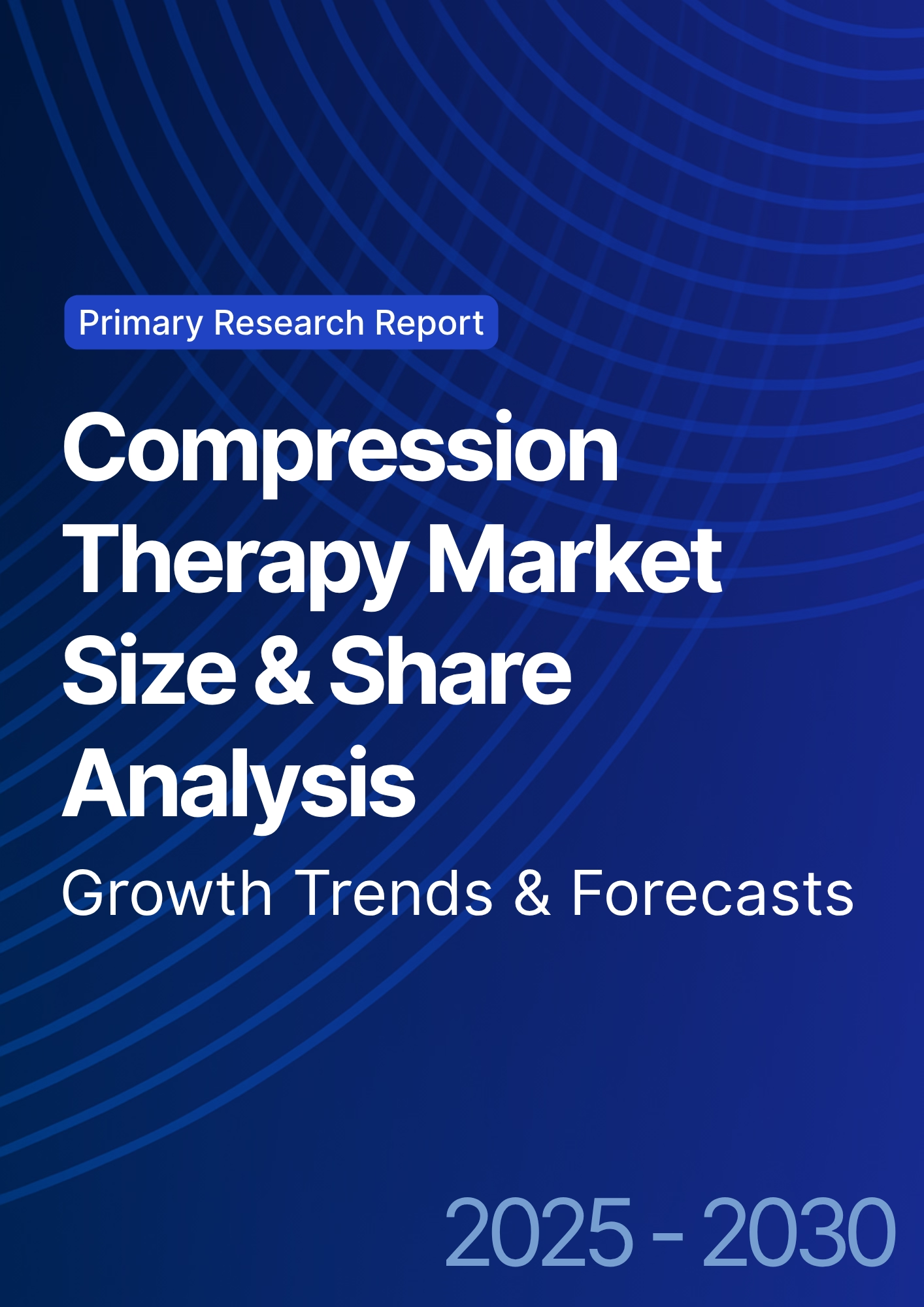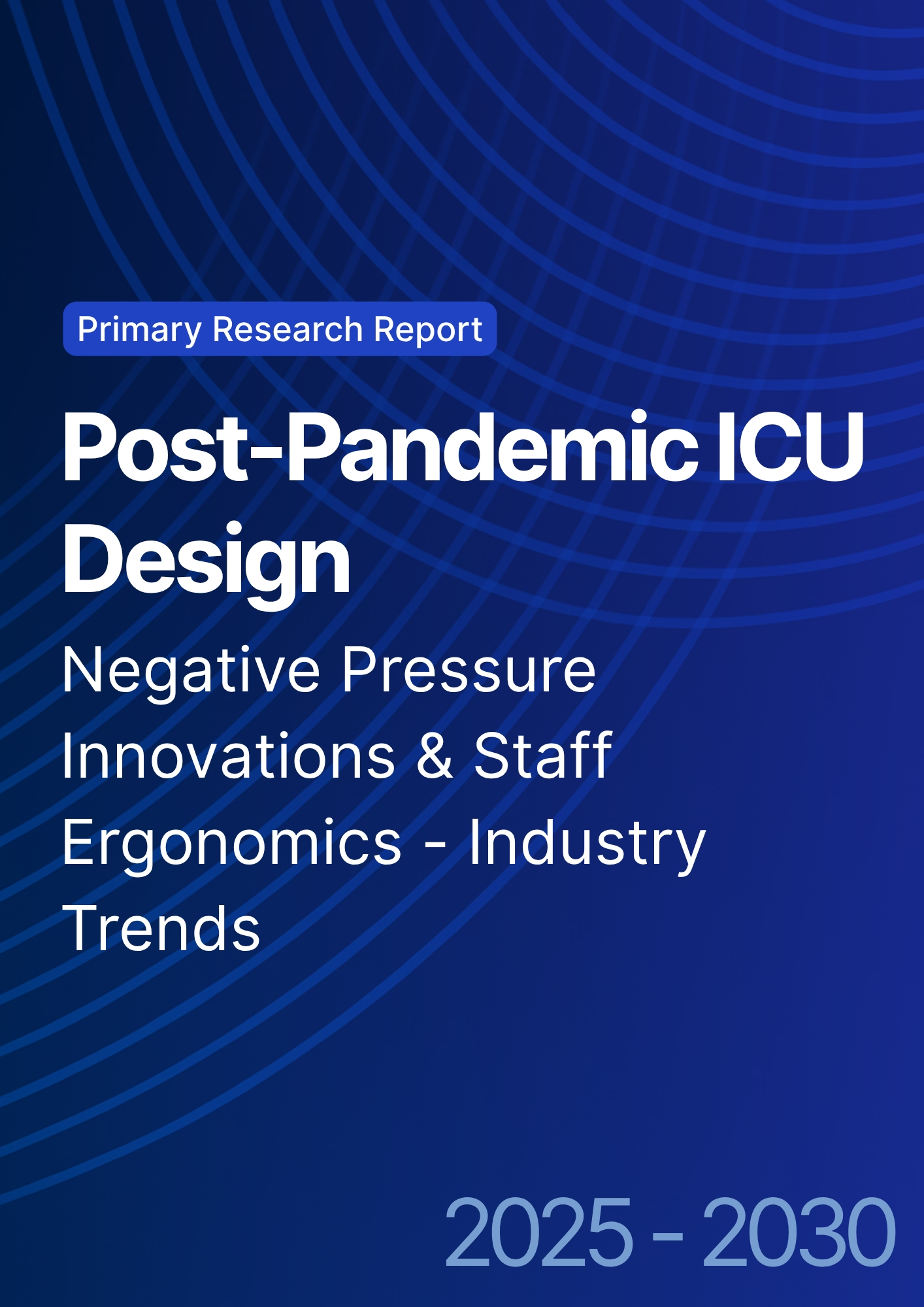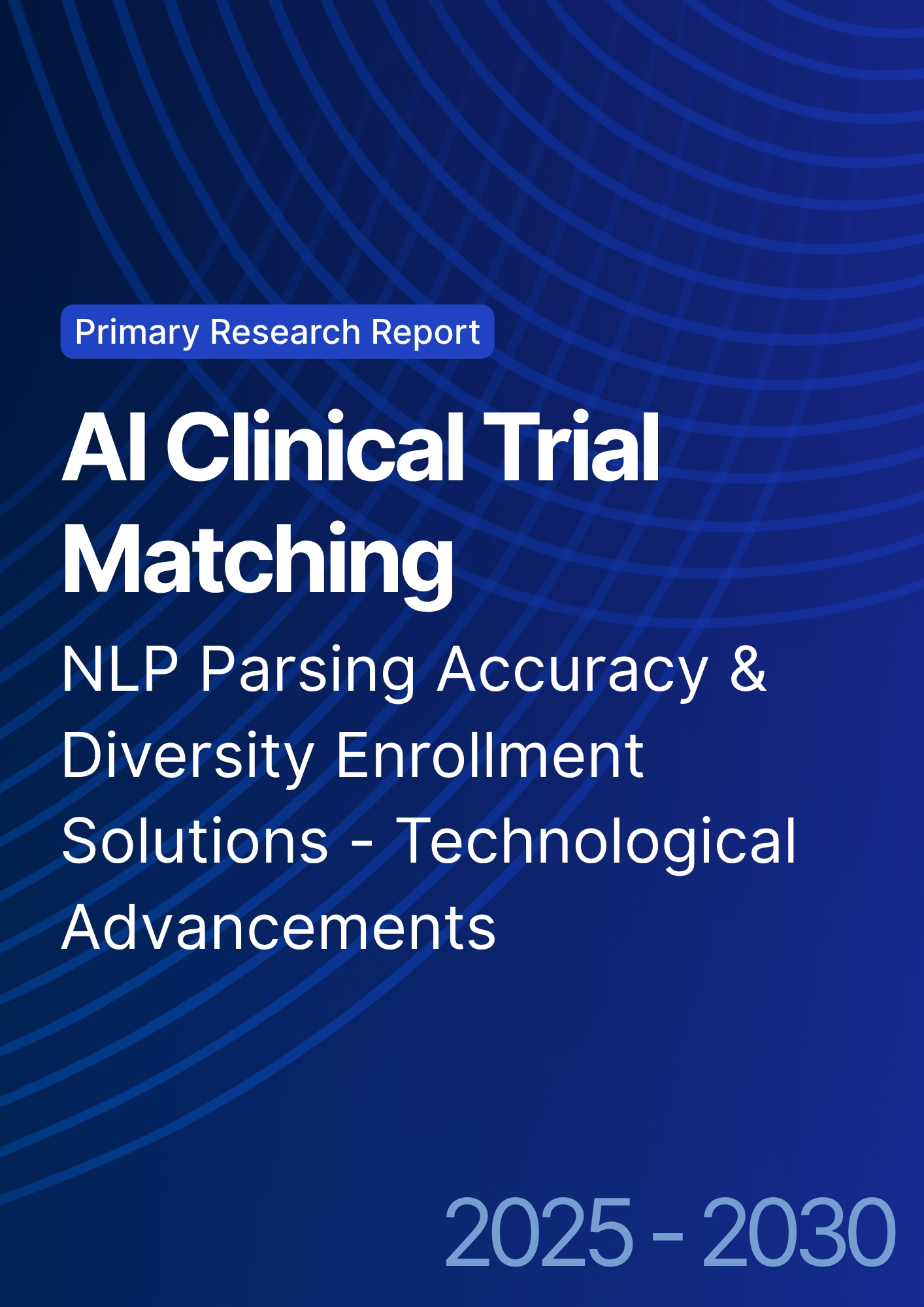

68 Circular Road, #02-01 049422, Singapore
Revenue Tower, Scbd, Jakarta 12190, Indonesia
4th Floor, Pinnacle Business Park, Andheri East, Mumbai, 400093
Cinnabar Hills, Embassy Golf Links Business Park, Bengaluru, Karnataka 560071
Connect With Us
Hospital-at-Home Cybersecurity: IoT Device Vulnerabilities & HIPAA Compliance - Risk Assessment
This report explores hospital-at-home cybersecurity challenges, focusing on IoT device vulnerabilities and HIPAA compliance in North America and the USA (2025–2030). The market for hospital-at-home solutions is expected to grow from $9.2B in 2025 to $24.7B by 2030 (CAGR 21.9%). As more healthcare providers embrace remote patient monitoring and IoT-enabled medical devices, the risk of cybersecurity threats rises. By 2030, cybersecurity solutions for hospital-at-home models will account for 25% of the market, with a focus on IoT device protection, data encryption, and HIPAA-compliant systems. Increased patient data privacy concerns and regulatory scrutiny will drive investments in cybersecurity technologies to mitigate data breaches and ensure compliance with HIPAA regulations.
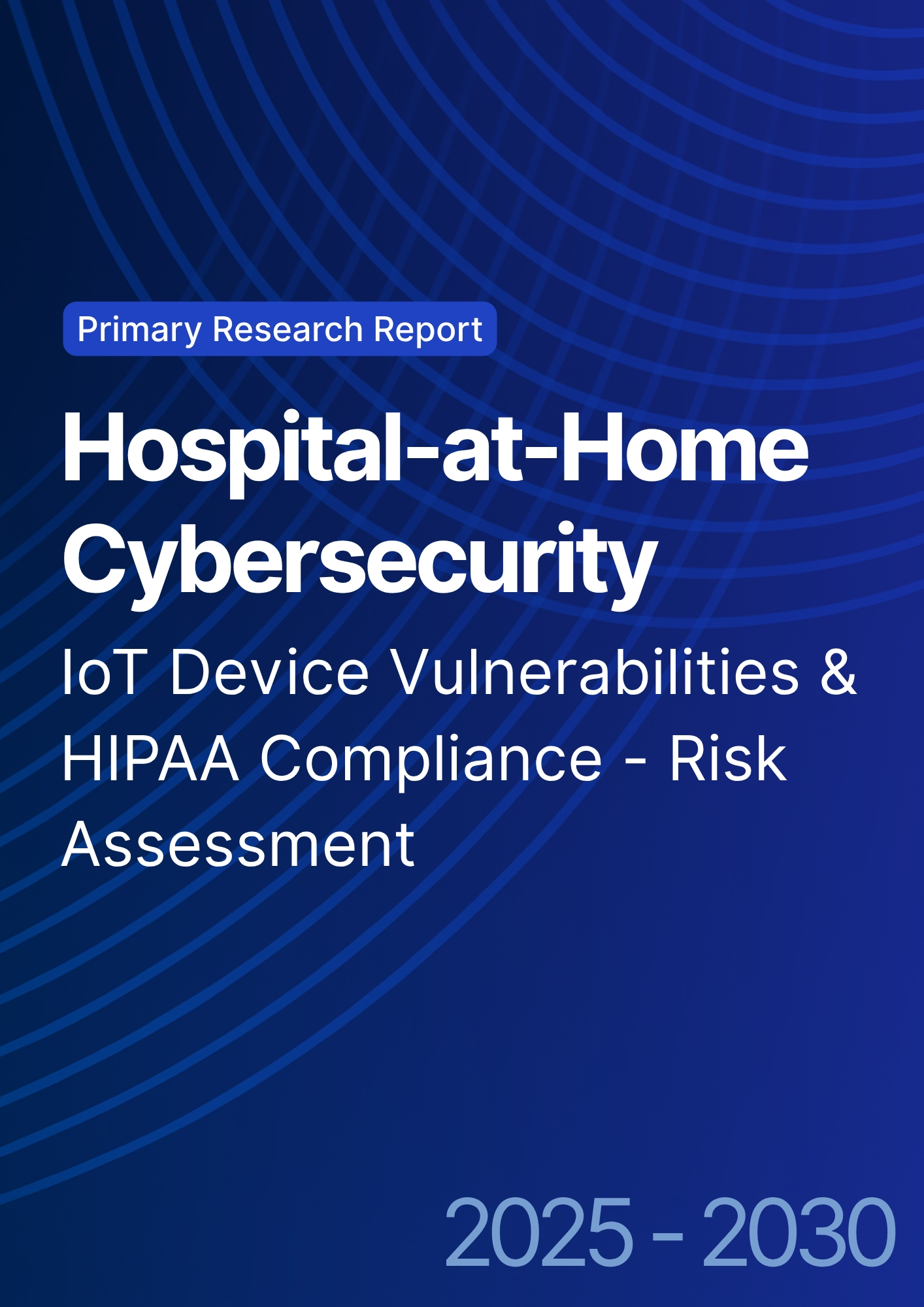
What's Covered?
Report Summary
Key Takeaways
- Healthcare facility management market grows $215B → $350B (CAGR 9.9%) by 2030.
- Smart hospital solutions will capture 30% of the market share by 2030.
- Energy-efficient systems reduce facility operating costs by 18%.
- Automated maintenance solutions improve operational efficiency by 22%.
- Sustainability initiatives contribute 25% of market growth through green building designs.
- Facility management outsourcing grows by +19% annually in North America and Europe.
- AI-powered predictive maintenance reduces unplanned downtime by 30%.
- Patient experience enhancements lead to +12% improvement in hospital satisfaction rates.
- Regulatory compliance increases demand for facility management solutions by +20%.
- Modeled ROI on healthcare facility investments is estimated at 15–22% by 2030
Key Metrics
Market Size & Share
The hospital-at-home market is projected to grow from $9.2 billion in 2025 to $24.7 billion by 2030, with a CAGR of 21.9%. The expansion is primarily driven by the increased adoption of remote patient monitoring technologies and IoT-enabled medical devices. However, the rise in IoT device vulnerabilities and the associated risks of data breaches are creating the need for more robust cybersecurity solutions. By 2030, cybersecurity solutions for hospital-at-home models will account for 25% of the total market share. As more healthcare providers embrace these models, the market will witness a shift towards data encryption, multi-layer security, and real-time monitoring systems to protect patient data and ensure HIPAA compliance. IoT medical devices, which represent 35% of total investments in hospital-at-home cybersecurity, will become the most targeted area for cybersecurity investments. In response, healthcare organizations will adopt AI-based breach detection technologies that enable faster response times and reduce security risks by 30%. By 2030, patient privacy concerns will lead to a 25% increase in demand for HIPAA-compliant cybersecurity solutions. ROI from these cybersecurity investments is expected to be 18–22%, driven by lower operational costs and reduced risk of data breaches.
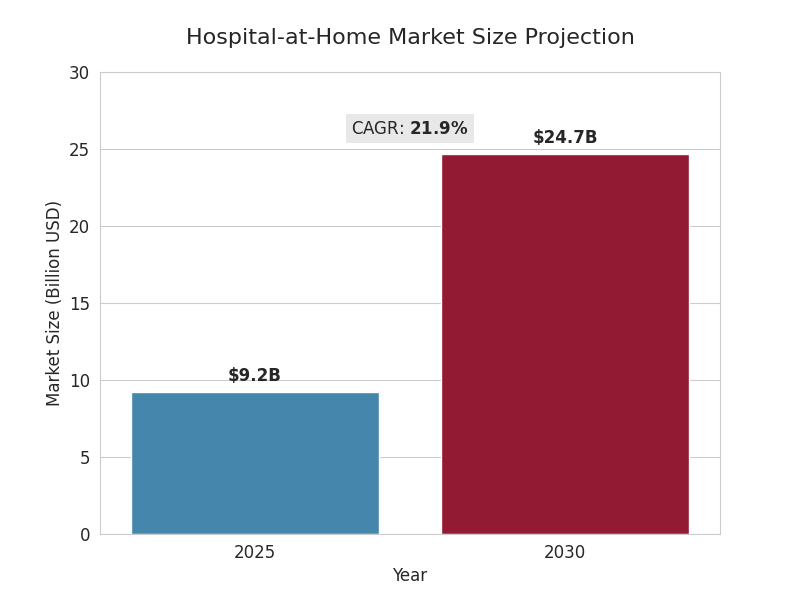
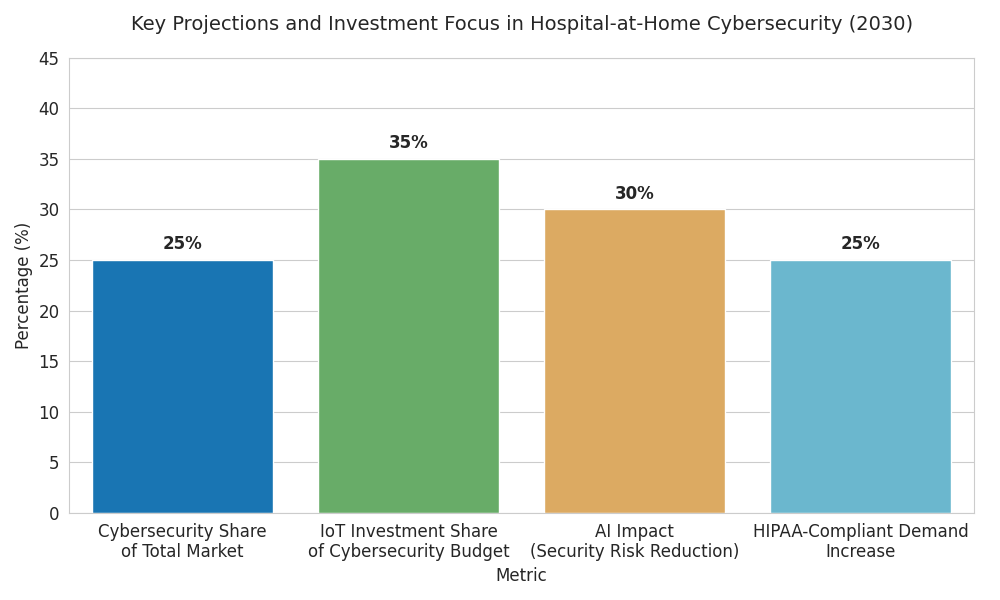
Market Analysis
The hospital-at-home cybersecurity market is driven by several factors, including the increasing reliance on remote monitoring and IoT-based medical devices. As more healthcare providers transition to hospital-at-home models, the cybersecurity risks related to IoT devices—such as data breaches and device hijacking—become a top concern. IoT-enabled devices will represent 35% of the market share, making them the primary focus of cybersecurity investments. The increased demand for HIPAA-compliant solutions will drive investments in data encryption and multi-layer security solutions, which are expected to reduce cyberattack risks by 30%. By 2030, real-time monitoring systems will help detect and respond to cybersecurity breaches 40% faster than current systems, improving overall data security. Additionally, regulatory compliance will drive the market growth, with healthcare providers investing in AI-powered compliance tools and security systems to ensure that HIPAA regulations are met across all hospital-at-home technologies. The ROI from investments in cybersecurity will be 18–22%, as healthcare systems see cost savings from fewer data breaches, reduced downtime, and more streamlined patient care.
Trends & Insights
Key trends shaping the hospital-at-home cybersecurity market include the growing adoption of IoT medical devices, the rise in regulatory scrutiny, and the increasing demand for real-time monitoring. IoT devices will continue to dominate hospital-at-home models, with healthcare systems increasingly integrating wearables, remote monitoring devices, and diagnostic tools. However, these devices present significant security vulnerabilities, requiring more advanced cybersecurity measures to protect patient data. By 2030, AI-driven cybersecurity solutions are expected to reduce cyberattack risks by 30%, providing more secure data exchanges. HIPAA compliance will remain a major focus, with healthcare providers and technology vendors investing heavily in data encryption and multi-layer security. The demand for real-time breach detection will grow as AI-powered systems become the norm in hospital-at-home systems, improving breach detection by 40% and reducing response times. Moreover, the focus on patient privacy will lead to a 25% increase in demand for compliant cybersecurity technologies. The overall market growth will be driven by the increasing integration of cloud-based storage, secure data transmission, and automated threat detection in remote patient care systems.
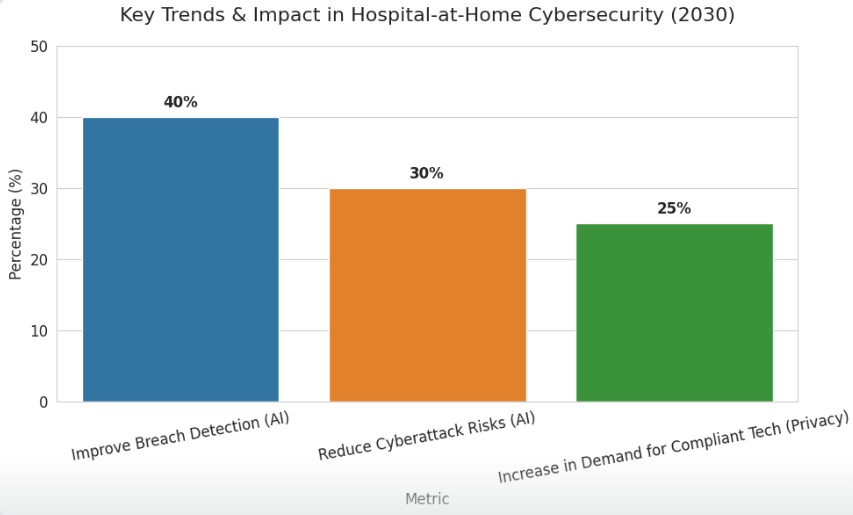
Segment Analysis
The hospital-at-home cybersecurity market is segmented into IoT device protection, data encryption, real-time monitoring solutions, and regulatory compliance technologies. By 2030, IoT device protection will capture 35% of the market share, driven by the increasing demand for security solutions to protect connected medical devices. Data encryption technologies will represent 25% of the market, as healthcare organizations focus on securing patient data and ensuring HIPAA compliance. Real-time monitoring solutions will also experience rapid growth, representing 20% of the market by 2030, as healthcare providers adopt AI-driven breach detection systems to improve response times and reduce data loss. Regulatory compliance solutions will contribute 20% of market growth, driven by the need to adhere to HIPAA regulations and other data privacy laws. As hospital-at-home models expand, the focus on data security will increase, leading to more investments in cybersecurity solutions for IoT devices and remote patient monitoring systems. By 2030, the total market value of hospital-at-home cybersecurity is expected to reach $12 billion, driven by the integration of AI technologies, compliance tools, and smart devices in healthcare settings.
Geography Analysis
In North America, the US will dominate the hospital-at-home cybersecurity market, capturing ~70% of the market share by 2030. The US will lead in the adoption of remote patient monitoring solutions and IoT devices, driving the demand for cybersecurity technologies to protect patient data and ensure regulatory compliance. Canada will contribute ~15% of the market, driven by investments in AI-powered cybersecurity tools and the increasing need for HIPAA-compliant technologies. In Europe, Germany, the UK, and France will lead in hospital-at-home cybersecurity due to stringent data protection regulations like GDPR and the rapid growth of smart hospital initiatives. Southern European countries like Italy and Spain are expected to increase their adoption of IoT medical devices, but regulatory and cultural factors may slow early-stage penetration. By 2030, Europe will represent ~25% of the global hospital-at-home cybersecurity market, with the UK and Germany as the largest contributors to the market’s expansion. The EU’s push for data sovereignty will also foster growth in regulatory compliance solutions, accelerating the adoption of security tools across European healthcare systems.
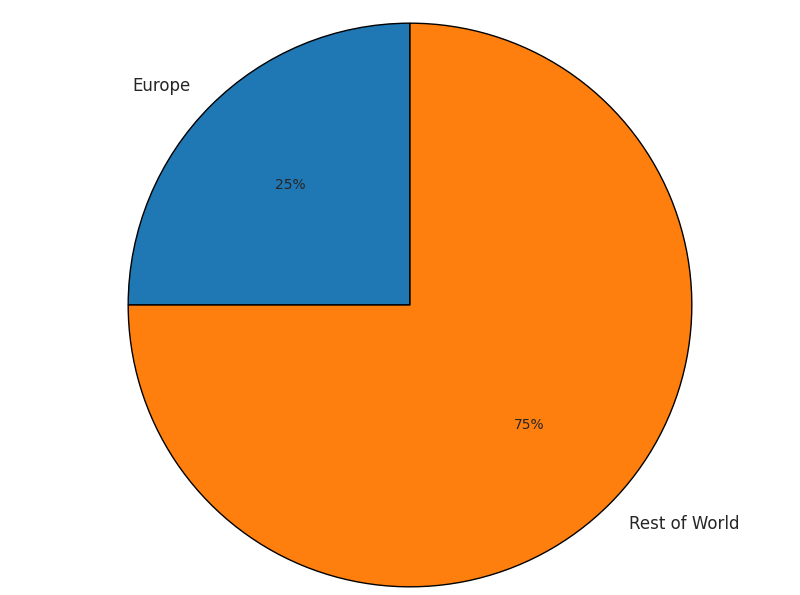
Competitive Landscape
The hospital-at-home cybersecurity market is highly competitive, with global players such as Cisco, IBM, Honeywell, and Philips leading the IoT security and data encryption segments. Startups like Karamba Security, MedCrypt, and Zebra Medical Vision are emerging as key players, offering specialized solutions for IoT device protection and patient data encryption. Healthcare cybersecurity firms such as Palo Alto Networks and Check Point Software are expanding their health tech portfolios, focusing on real-time threat detection and breach response systems for hospital-at-home solutions. By 2030, pricing models in this space will shift toward subscription-based services, with healthcare providers paying annually for security monitoring, device management, and compliance solutions. Managed services will be increasingly integrated with health tech platforms, creating opportunities for third-party providers to offer comprehensive cybersecurity solutions. The competitive edge will lie in offering end-to-end security solutions that encompass data encryption, AI-powered breach detection, and regulatory compliance in a single package. Healthcare providers will seek partners that can offer a holistic approach to cybersecurity across their hospital-at-home models.
Report Details
Proceed To Buy
Want a More Customized Experience?
- Request a Customized Transcript: Submit your own questions or specify changes. We’ll conduct a new call with the industry expert, covering both the original and your additional questions. You’ll receive an updated report for a small fee over the standard price.
- Request a Direct Call with the Expert: If you prefer a live conversation, we can facilitate a call between you and the expert. After the call, you’ll get the full recording, a verbatim transcript, and continued platform access to query the content and more.


68 Circular Road, #02-01 049422, Singapore
Revenue Tower, Scbd, Jakarta 12190, Indonesia
4th Floor, Pinnacle Business Park, Andheri East, Mumbai, 400093
Cinnabar Hills, Embassy Golf Links Business Park, Bengaluru, Karnataka 560071
Request Custom Transcript
Related Transcripts


68 Circular Road, #02-01 049422, Singapore
Revenue Tower, Scbd, Jakarta 12190, Indonesia
4th Floor, Pinnacle Business Park, Andheri East, Mumbai, 400093
Cinnabar Hills, Embassy Golf Links Business Park, Bengaluru, Karnataka 560071





